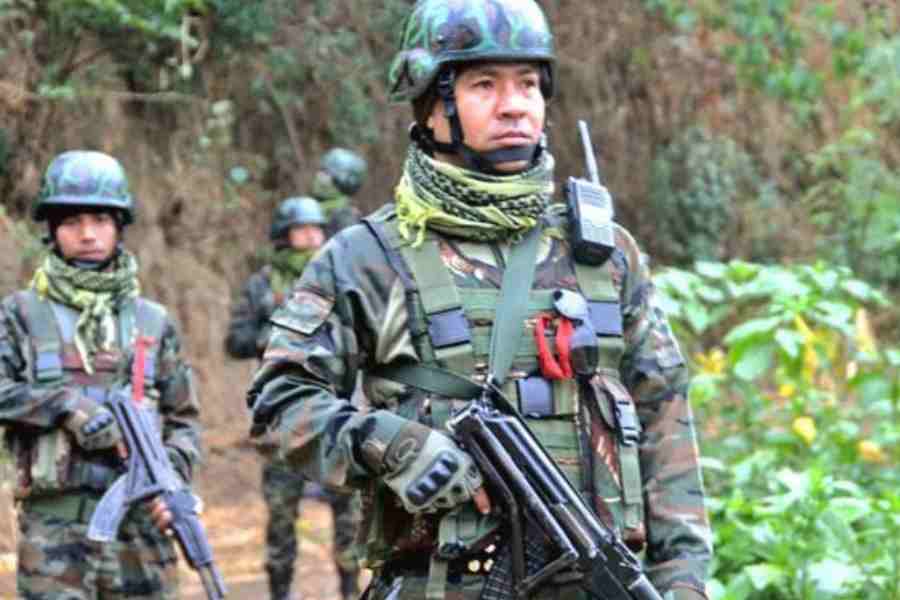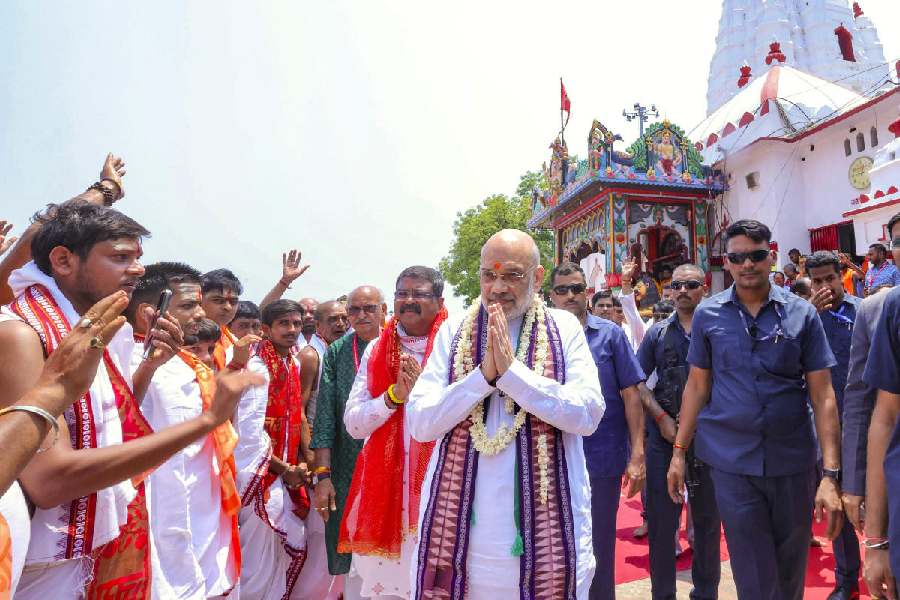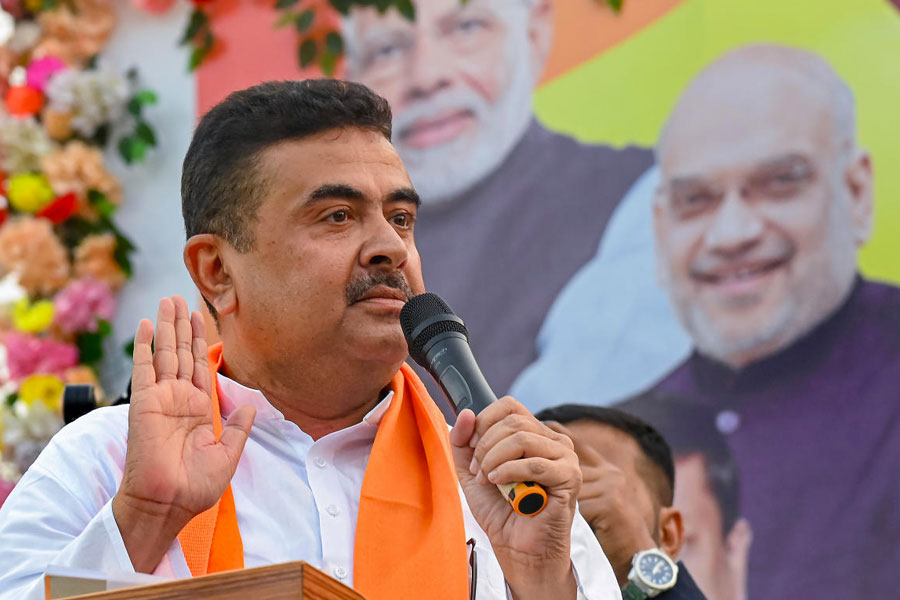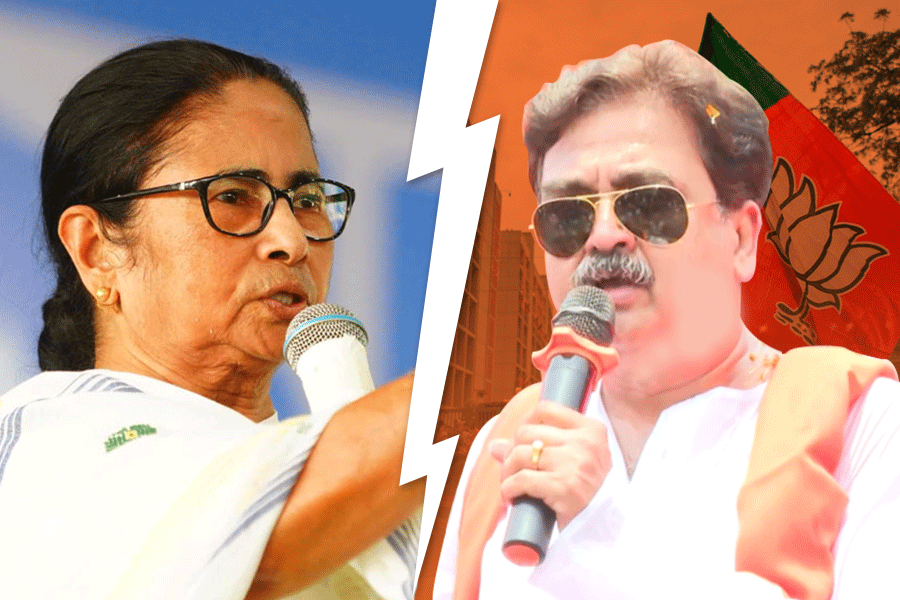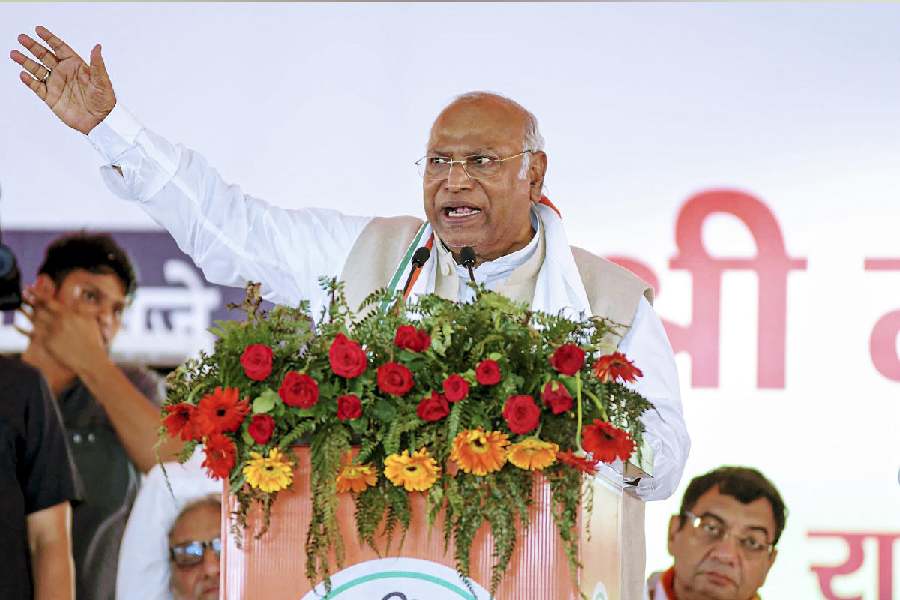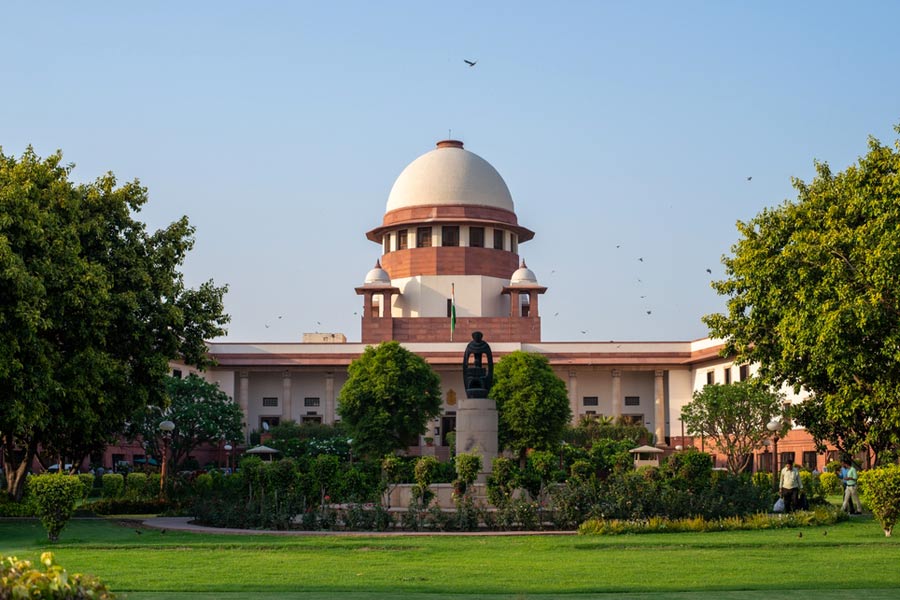The scenes witnessed in Manipur are unprecedented in independent India’s history. At no other time has this country seen more than 300 churches being burnt down and destroyed. Or the creation of a buffer zone, manned by Central forces, between two areas of a state. Or the Union home minister passing orders that the state police will not cross the buffer zone unless accompanied by Central forces. Or the state police chief asking newly-recruited Kuki cops to join duty in Kuki-majority hills while Meitei cops serve in the Imphal valley, which is exclusively Meitei now. Or the army handing over apprehended militants to a group of Meitei women, led by a Bharatiya Janata Party MLA, and then highlighting it on Twitter as an achievement. Or the state police having its armouries supposedly ransacked by mobs — the loot weighing hundreds of tonnes in total — but not shooting down mobsters during the plunder.
Having witnessed all this for over three months, nothing should come as a shock anymore. But the visuals of a public spat between the Assam Rifles and the Manipur Police on August 5, after the paramilitary force blocked the path of a Meitei group of state police personnel going into Kuki areas, were simply extraordinary. The police were unduly aggressive and bellicose towards the Assam Rifles’ men. The roadside squabble, with a video promptly uploaded on social media, was not the end of the story. The same day, a sub-inspector from Phougakchao Ikhai police station in Bishnupur district filed a first information report against the Assam Rifles for “obstructing public servant” on duty. Filing an FIR against a Central force which operates under the army is not a decision to be taken by a sub-inspector. He would have been either given the sanction or asked by his superiors and the state’s political leadership to file the FIR.
The state government is of the BJP; the chief minister, N. Biren Singh, was stoutly defended and backed by Amit Shah in Parliament. The state DGP, Rajiv Singh, was brought by the Union government from outside Manipur. The state also has a security adviser, again handpicked by the Narendra Modi government — Kuldiep Singh, a retired IPS officer. The Assam Rifles is administratively under the Union home ministry but operationally under the army. It is commanded at all levels by army officers who form around 80% of the officer cadre. As per its own website, the Assam Rifles is the “penultimate interventionist force of the central government in internal security situation, under the control of army; when the situation goes beyond the control of central paramilitary operations.” Practically, it is an extension of the army in the Northeast.
The army was concerned enough to write to the government, seeking clarification on the criminal charges against the 9th battalion of the Assam Rifles. The Eastern Army Commander, Lieutenant-General R.P. Kalita, flew down to Imphal and met the chief minister, as did the DGAR Lieutenant-General P.C. Nair, but no details of their discussions were publicly revealed. The FIR has not been withdrawn and there has been no official statement from the Union home ministry. When the prime minister and the Union home minister spoke in Parliament, they barely touched upon any factual issue, let alone the humiliation and targeting of the army-affiliated force. This abdication of political responsibility by the Union government has meant that the Assam Rifles continues to be in the crosshairs of the Meitei groups and the ruling party.
Meitei groups have organised mass rallies demanding the withdrawal of the Assam Rifles from the state, their demand being echoed by the Meitei MLAs of the BJP in a memorandum to the prime minister. The Kuki community opposes this demand, fearing that a withdrawal of Central forces will provide a free hand to the Meitei militias, which possess 90% of the 5,000 weapons taken from police armouries, to attack tribal villages. In their letter to the prime minister, BJP MLAs from the Kuki community have sought the continued deployment of Central forces. Modi and Shah have refused to grant an appointment to their MLAs from Manipur or even to MPs of the National Democratic Alliance from adjoining Mizoram. For someone who claims to be a strong and decisive leader, this kind of response from Modi is rather embarrassing. Imagine Jawaharlal Nehru or Sardar Vallabhbhai Patel refusing to meet aggrieved leaders from various provinces because they would raise uncomfortable questions when India was integrating 565 princely states after 1947.
Many Meitei supporters blame the antipathy towards the Assam Rifles on the history of the force when a separatist insurgency movement had taken hold in the state. Indubitably, there were human rights violations by the Assam Rifles where justice was not served to the victims. As with many such incidents in Kashmir, Punjab, Mizoram and Nagaland, India has failed its citizens of the border state who are invariably religious minorities. In today’s Manipur, however, it seems like a majoritarian excuse drummed up to use the support of the BJP state government and the state police to target the Kuki minority. In this, there are shades of Gujarat in 2002, when Major-General Z.U. Shah continued to wait to deploy his soldiers for a day despite a request to the then chief minister of the state, Narendra Modi — a period during which hundreds of Muslims were killed.
The bigger issue, distinct from the local grievance, is about the treatment of the army. The top military leadership — the chief of defence staff or the army chief — has neither come out in defence of its men, nor has it been able to impress upon the prime minister to intervene and get the FIR cancelled. The armed forces are the instrument of last resort in this country and have to often take harsh steps — from aerial bombing in Mizoram to using pellet guns in Kashmir — to assert the authority of the Indian State. If the credibility and the standing of the armed forces are eroded by an apathetic political leadership and the military leadership meekly stays silent, India will be leaving itself vulnerable to great danger in the future. By then, it will be too late to make amends.
Sushant Singh is Senior Fellow at Centre for Policy Research, New Delhi

